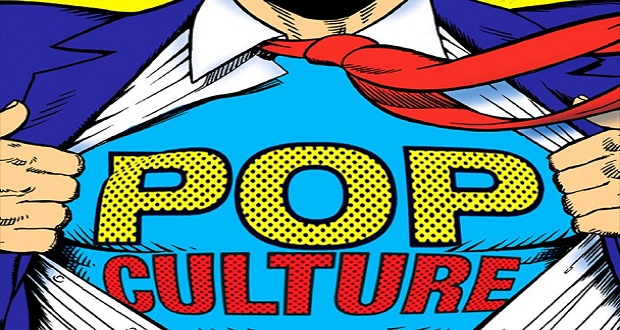 Last week I shared my frustration that three very different clients had advocated for a de-emphasis on race and gender in the diversity equation, even though an analysis of their respective data showed there were significant opportunities to improve representation of women and people of color especially in the leadership ranks. One of the clients advocated for a focus on diversity of “thought”.
Last week I shared my frustration that three very different clients had advocated for a de-emphasis on race and gender in the diversity equation, even though an analysis of their respective data showed there were significant opportunities to improve representation of women and people of color especially in the leadership ranks. One of the clients advocated for a focus on diversity of “thought”.
I remember several years ago that one of my clients decided to frame diversity around the idea of diversity of thought. He said that it would be an easier idea to “sell” to senior leaders, he felt it was more inclusive and that diversity of thought actually often emanated from different cultural backgrounds and experiences. For example, women may have a different way of approaching a problem as a result of innate differences and socialization patterns. Growing up in the Latino culture might influence values and norms that are different from those of the Euro-American culture.
In organizations with rigid cultures that implicitly or explicitly mandate conformity and group think, stressing the merits of different ways of thinking that can lead to greater innovation and creativity might be a non-threating approach to introducing the benefits of diversity.
Sometimes organizations will explore diversity of thought by assessing personality differences, communication style and leadership style differences with a variety of tools designed to support greater self-awareness and uncover individual strengths and weaknesses.
While positioning diversity around diversity of thought can perhaps engage otherwise diversity-weary leaders, it might allow them to ignore issues of race and gender. An organizational culture might be very open to the idea of diversity of thought which could conceivably be achieved with an all-white male team. Such a team can bring diversity of age, experience, nationality and function. Leaders who lack cross-cultural competence may not understand that while age and experience do add diversity, other important diversity elements are being missed.
Recent research from McMaster University in Canada found that male directors, who comprised 75 percent of the survey sample, tend to make decisions using rules, regulations and traditional ways of doing business and getting along. In contrast, women directors were much more likely to take the interests of multiple stakeholders into consideration to come to a fair and moral decision. The study also found that women use cooperation, collaboration and consensus-building more often, and more effectively than men.
As another example, organizations that want to tap a particular market, such as African Americans, have found it useful to be able to leverage their African American employees in helping them to understand cultural nuances and effective and respectful ways to garner share of market.
Diversity of thought can be the basis of one’s diversity strategy if there is a level of cross-cultural competence that recognizes that diversity of thought must explicitly incorporate racial and gender diversity as well. In other words the recognition that you do not have real diversity of thought if racial and gender diversity are absent!


















